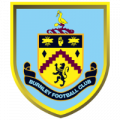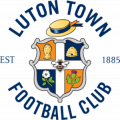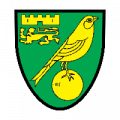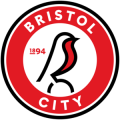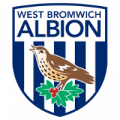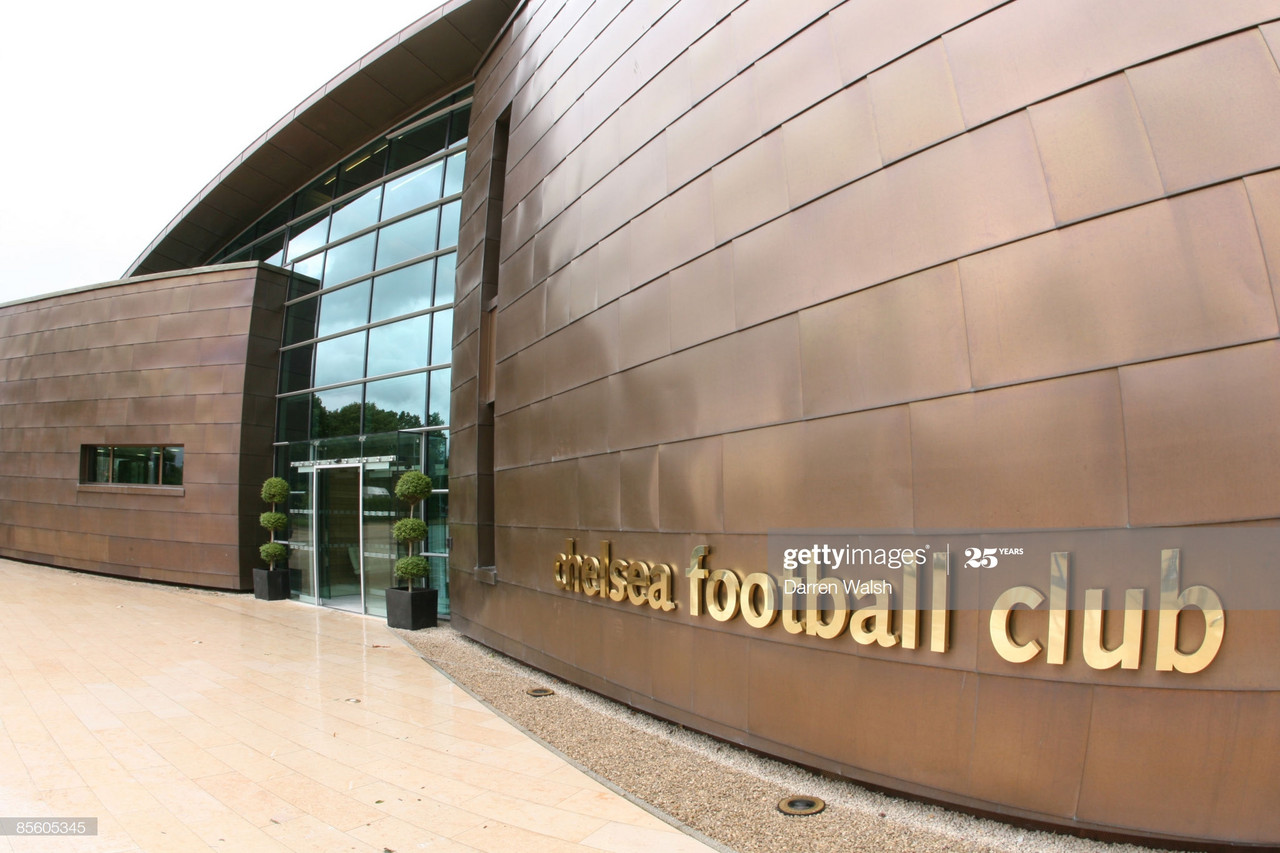The Chelsea youth setup has proved to be one of, if not, the best academy in the world with many graduates breaking into Frank Lampard’s first team this season.
Mason Mount, Tammy Abraham, Reece James and Fikayo Tomori have all cemented starting eleven places under the lights at Stamford Bridge this season. All of which joined the club at young ages earning their stripes in the academy.
In the latter stages of the season, prior to the Premier League’s suspension, Tino Anjorin and Armando Borja also made first team debuts. Both of which are from the academy.
Chelsea’s academy produce has always seemed to unearth great talents, so Simon Knight (Head of Education at Cobham Training Ground), Neil Bath (Head of Youth Department) and Andy Ross (Academy coach and former Chelsea schoolboy) gave insight into what makes the set up so successful.
‘The academy has developed massively’
Knight is the Head of Education at the Cobham Training Ground and works tirelessly to ensure the schoolboys and schoolgirls who play for Chelsea get a high standard of education alongside their football.
When he initially started his role, Knight claimed that the setup at Chelsea was fantastic, but a few complications needed ironing out.
“When I first inherited the role, it was really well set up and the model was fantastic,” Knight told the official Chelsea website.
“After some growth and evaluating the whole programme it became apparent that many of our teachers were still based at Glyn School, which is half an hour away from Cobham, but had a dual role in teaching at our Academy facility and this caused a few issues around timing. There were also a few other little things which needed ironing out, which was understandable.
"I think we’ve developed massively in the past few years. We now have more flexibility to offer subjects the boys actually want to do. Whereas previously we could only offer generic courses to students, we now we have more breadth, which provides more enjoyment and purpose to our school programme.
"By having carefully selected full-time teachers available at the Academy often means we can create bespoke lessons that captures the attention of the students.
“By tapping into the expertise and resources at the Academy, the teachers are able to plan their lessons with more purpose for the student's future. The environment and small numbers allow us to take advantage of this support and maximise learning outside the classroom.
“It’s refreshing to work alongside the coaching staff to make the education and footballing development both of equal importance.”
‘Chelsea want to develop characters as well as talented footballers’
Neil Bath, the Head of Youth Development at Chelsea, has worked at the club for over 25 years and has aided the development of the likes of Ruben Loftus-Cheek, John Terry, Graeme Le Saux and Frank Sinclair.
The 54-year-old insisted that the Blues work hard to ensure the children and young adults at the academy develop into good people as well as gifted footballers.
He said: “In the modern game, we have to offer a truly holistic programme to players that combines football, academic education and social development because we’re looking to develop good young people as well as talented footballers.
"We aim to create a culture in which all players understand that the process of learning is key not just for academic progress but also to football development. The game is increasingly more tactical, so players need to be intelligent, they need to take on information quickly in order to execute tactics and be able to make good decisions under pressure.
"A young player’s education alongside a thirst for learning will be a huge factor in how he progresses in football.”
‘We work closely with the teachers’
Andy Ross, an academy coach and former Chelsea academy schoolboy, added declaring that the cohesive relationship with the schooling, players and coaching staff allows for a smoother transition into academy and professional football.
“The fact [the teachers] are in the building also means they are available for youth team training when needed,” said Ross.
"This has undoubtedly accelerated the boys’ development, which makes our life easier as our job is to prepare them for youth team football.
“It can’t get any better than the players experiencing the real thing as they get an idea of how the coaches like to work and what demands will be placed on them as youth team players.
"Ultimately, this makes for a smoother transition to youth team football at the end of the season. There has also been the odd occasion when they’ve been asked to train with the Under-23s, which is incredible, but even more so when there are a couple of first team players in the session.
“That’s certainly not a typical day for most school children up and down the country!
"We work closely with the teachers every day and are in constant communication with them. They update us regularly on how the boys are getting on and we will often go and sit in on classes to see how the boys are doing, which allows us to understand their programme not only from the football side but also the educational side.
"We will speak to the players regularly about how they are getting on in school, ensuring they are working hard and fully understand the importance of their education.
“The teachers will also come out to watch training and games so it’s very much an inter-disciplinary approach, which works really well.


